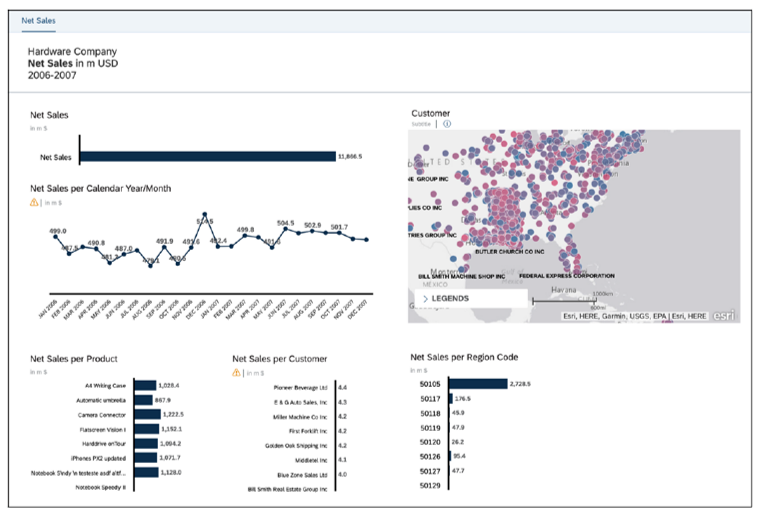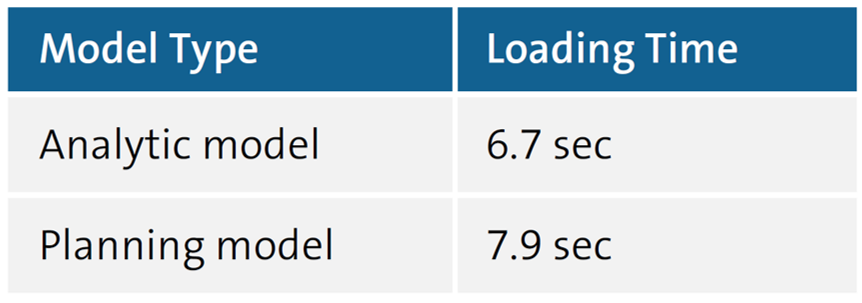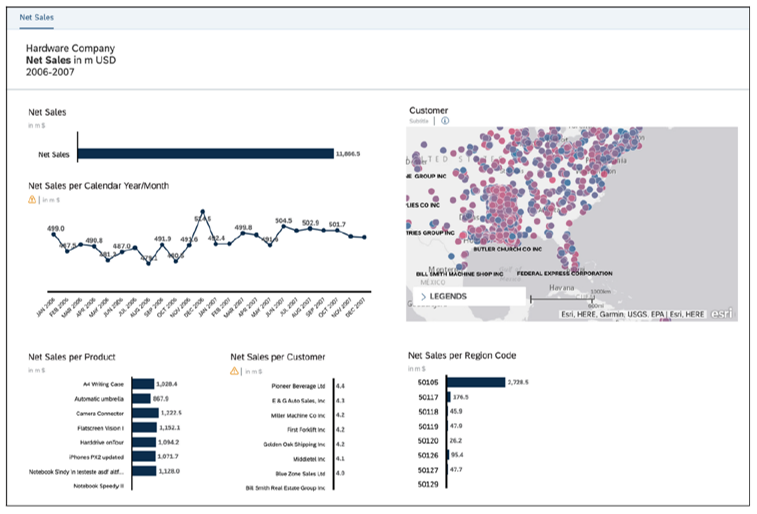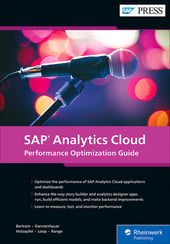The first step of creating an efficient model in SAP Analytics Cloud is to choose the right model for the use case.
A typical trade-off is performance versus functionality and complexity. In general, there are two different high-level options in which the model must be chosen. The first one is the data source type, and the second one is the model type. We’ll cover each of these model types in this blog post.
The Data Source Type
In terms of data sources, there are two high-level options available. An acquired SAP Analytics Cloud model, also called acquired data model, is a model where the data is imported into SAP Analytics Cloud. Here the data needs to be updated manually or via scheduled import jobs. The second high-level option is a live data connection to another data source like an SAP Business Warehouse (SAP BW) or SAP HANA Cloud system, where the most recent data from the database is used, whenever a story uses this model type.
The general guidance for the best possible performance is to use an acquired SAP Analytics Cloud model instead of a live connection. This table shows a comparison between acquired data and an SAP BW data source.

The next table shows the comparison between acquired data and an SAP HANA Cloud data source.

In both tables, we used the same data for both the live connection and the acquired model. The same holds for the dashboard that was created based on this data model (see the first figure below for the SAP BW and the second figure for the SAP HANA model).

5

However, there are situations in which the general functionality of a live connection is required. For example, if you are dependent on a frequent data update or don’t have the capacity to transfer the data from the database into the SAP Analytics Cloud model regularly, there are further options to improve the performance of this live model.
The Model Type
The second general decision required to choose the right model is the model type. There are two model types available: planning models and analytic models. The general recommendation is to use planning models only when they are necessary, as analytic models are generally faster. This can be seen in this table, where the same data was used in the analytic model as well as in the planning model.

Similarly, as before, the same dashboard was created based on the data model shown here.

As in the data source section, there are some functionalities and requirements that make planning models necessary. This includes, for example, when companies not only want to analyze and report but also to plan and predict in the same application and based on the same data model.
Datasphere Model
Data modeling is still facing challenges in SAP Analytics Cloud. One of them is the elegant combination of multiple data sources, which can be challenging by itself. But additionally, it often leads to a bad performance of the SAP Analytics Cloud dashboard if one of the data sources contains a lot of data. One possible solution to these issues can be the SAP Datasphere, where all these data preparation and data wrangling steps are performed and one single, final view is then fed into the dashboard.
Further Resources: Further details and explanations about the connection between SAP Analytics Cloud and SAP Datasphere can be found at the following URL: http://s-prs.co/v566953.
Learn SAP Analytics Cloud in Our Upcoming Rheinwerk Course!
Master SAP Analytics Cloud! Learn how to connect and model data, create visualizations, work with planning models, and use predictive analytics. This five-day course provides a comprehensive introduction to the core capabilities of SAP Analytics Cloud and its all-in-one BI functionality. Click on the banner below to learn more and order your ticket.
Editor’s note: This post has been adapted from a section of the book SAP Analytics Cloud Performance Optimization Guide by Erik Bertram, Carl Dannenhauer, Melanie Holzapfel, Sandra Loop, and Stephanie Range.




Comments